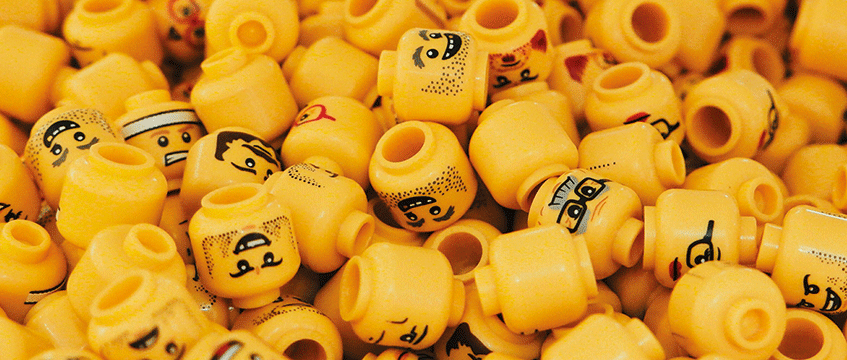COMMENT Having worked in senior PR, events and partnerships roles for the Lego Group and moving across to head of communications roles for Ballymore, U+I and Delancey, I have noticed several key similarities between the toy industry and the property sector, especially around storytelling, community engagement and brand experience.
Both real estate and the toy industry rely heavily on stories to create an emotional connection. For Lego, it’s often about creativity, imagination and nostalgia, while property PR focuses on lifestyle aspirations, community and the feeling of “home” or “placemaking”.
Highlighting stories that make properties or products feel accessible, unique or aspirational is key.
Tell a story
Lego taps into the power of nostalgia, creativity and the joy of building, appealing to children and adults. Its storytelling often emphasises the power of play, family memories and educational benefits, creating a personal connection with its audience.
In property, storytelling can similarly evoke emotional responses by focusing on lifestyle benefits, community and individual stories of home ownership. For instance, telling stories about families finding their dream homes or individuals transforming a space makes properties feel more than just real estate – they become part of a narrative that prospective buyers or renters can envision themselves in.
Like Lego’s vibrant, visually engaging imagery, property often leans on high-quality visuals to sell a dream. Stunning images, virtual tours and CGI renderings of properties play a vital role in capturing attention and inspiring interest.
Visuals are a powerful tool for the industry. High-quality photos, 3D renderings and virtual tours create an immersive experience for potential buyers. Using visually appealing content that highlights lifestyle benefits – such as spacious rooms, scenic views or modern amenities – can turn properties into dream spaces, helping prospective clients imagine themselves living there.
Build a brand
Just as Lego is instantly recognisable, with a consistent brand identity and messaging, effective property PR also depends on a well-defined brand. For property developers, creating a recognisable and trustworthy brand that speaks to quality, lifestyle or luxury helps differentiate properties in a competitive market.
Lego’s brand identity is one of innovation, quality and imagination. Its branding is consistent, with a clear mission to inspire play and creativity in every campaign, product and event.
Property developers and real estate companies can benefit from establishing a clear brand identity, whether it is luxury, sustainability, family-oriented spaces or urban chic. Just as Lego has its core values, a property brand should define and communicate its unique selling points. Consistency in messaging, tone and visuals across all marketing channels (website, social media, print materials) helps build trust and recognition.
It’s all about community
For both real estate businesses and the toy industry, engaging a community is crucial. Lego has fostered a strong global fan base, especially with AFOL (Adult Fans of Lego) communities. The property industry can similarly benefit from engaging local communities or target demographics through events, social media or community-building initiatives.
Lego’s strategy includes engaging with its audience through fan events, user-generated content and the creation of dedicated communities such as the Lego Ideas platform. This allows fans to feel involved, often contributing their own designs and ideas.
Property brands can foster a similar sense of community by involving potential buyers or renters in the process. Hosting open-house events, community gatherings or online Q&A sessions can build excitement and make audiences feel valued. Property developers can also share stories and testimonials from residents or create social media content that spotlights the neighbourhood to promote a sense of belonging.
Borrowing PR tactics from Lego’s approach – storytelling, visual engagement, community-building, branding and partnerships – should allow the property sector to create not just interest in a property or place, but a deep, memorable connection to it, turning real estate from a transaction into an experience people can see themselves becoming a part of.
Lucy Fisher-Jenkins is communications director at Urban Treehouse











